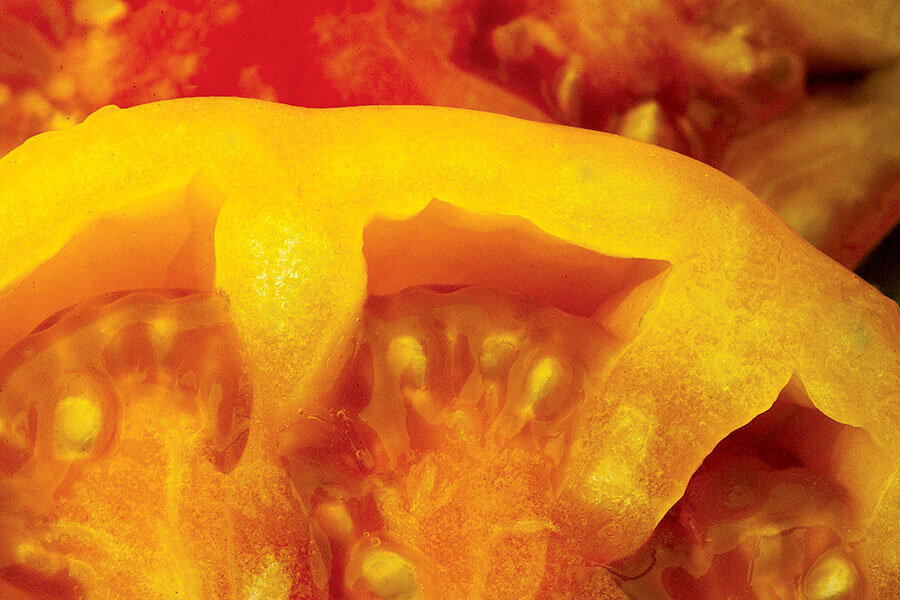In praise of homegrown tomatoes
Loading...
We get rain here. April showers are most likely to bring May showers, and there’s no guarantee of a letup in June. Sometimes it gets people down. Sometimes even the peonies have sort of a betrayed look about them. But all we need is perspective. This is the time for faith and optimism! Time to take the long view, and keep our eyes on the prize!
And the prize is a homegrown tomato.
A homegrown tomato has no equal. It cannot be bought. The pale avatars that the grocery stores feel compelled to stock all year are not related. The homegrown tomato, snapped warm from the vine and chopped into thick, glistening slabs, tastes like a sunshine steak. There are many wonderful things in this world, but nothing tops the homegrown tomato.
Inviting it into a sandwich with bacon and lettuce almost feels like piling on. But if there is anything more likely to straighten you out than your first bite into a BLT, I have yet to find it. So even as the chilly rains fall in spring, I am dreaming of the sun, and it looks like a fat red fruit.
The potted tomatoes show up in the nurseries in April, but nobody with any experience plants them then. They might come with a tag indicating they’ll mature in 60 days, but that doesn’t mean 60 days from now. It means 60 days from whenever they decide to go ahead and live, and a tomato planted here in April will sulk visibly in the mud until Memorial Day, which is when we old-timers buy ours.
Thanks to social media, we already know that this will coincide with the time all our friends in warmer climates post photos of themselves hacking their mature tomato vines with a machete to keep them from galloping down their driveways and saucing the street.
It gives the heart a twist, but it’s the price we pay for posting Oregon daffodil photos in February while the rest of the country is buried in snow. And – mark this well – it will make our eventual BLT that much more precious.
Rarity sharpens desire. And our BLT is not at all a sure thing. We’ve had trouble. The summer heat here is kind to humans, but it’s not ideal from the tomato’s point of view.
“I think we’re supposed to nip off the lower leaves or something,” I’ll say to my husband, Dave, every year as we examine our plants for signs of enthusiasm, and every year he shrugs. Sometimes I even ask for advice from the lady at the nursery, but I already know what she’ll say.
“It depends,” she’ll say. “First you need to determine if it’s determinate or indeterminate.”
I go home and study the plants again, but I can find no clues to their personality at all. As tradition dictates, I’ll turn my back on them then, and after a month a couple of them will start to perk up and others will remain morose. That’s why we plant extras.
By August at least two gigantic mounds of foliage will have toppled their cages and sent out exploratory yellow flowers.
In September we are cheering on little green fruits.
Weeks later we’re frowning at signs of blossom-end rot and crossing our fingers for the unaffected few, which are just starting to orange up.
In October, we’re either looking up recipes for green tomato relish or we’re having our first and last BLT of the year.
And – mark this well – it will be better than yours.







